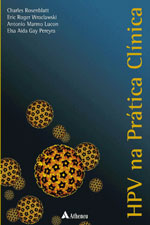The essence of the HPV Vaccine
In common with other vaccines however, the effect is prophylactic rather than therapeutic, although efforts to develop immunotherapies that are effective against persistent infection are ongoing. Current vaccines prevent infection with two genotypes of HPV that are responsible for 70% of cervical cancers and varying proportions of other anogenital cancers in males and females, and should also protect against HPV-16 and/or -18-associated cancers at other sites. A nine-genotype VLP-based vaccine currently in clinical trials should protect against 90% of cervical cancers.
The current challenges relate to making HPV vaccines affordable and deliverable in the developing world – studies comparing two versus three doses, and childhood versus adolescent delivery, may help to enable vaccine programs in resource-poor settings. Additionally, alternate viral capsid vaccine manufacturing and delivery strategies, or vaccines based on L2 capsid protein, which could provide broad genotype coverage with less manufacturing complexity, should assist in making vaccines globally available at an affordable cost.
Clique por PDF: HPV-TODAY-07-2013

